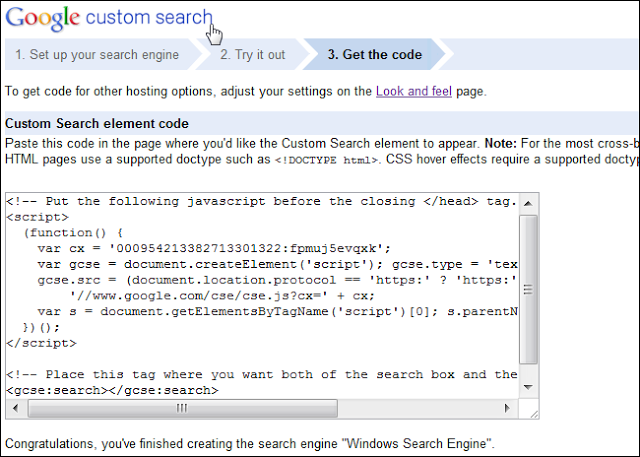Advisory board calls for new limits on NSA surveillance, addresses many major concerns
The panel tasked with advising the Obama administration on the National Security Agency (NSA) surveillance programs recommended new limits on the agency’s spying practices, according to reports.
Previously, many were skeptical of the group’s ability to provide sound advice given the history of the participants and their close ties with the Obama administration.
In the over 300-page document containing the panel’s recommendations, many of the major concerns involving NSA activities were addressed.
The panel urged Obama on Wednesday to bring the government’s mass collection of phone call logs to an end, a practice which a federal judge recently ruled to be likely unconstitutional.
The panel tasked with advising the Obama administration on the National Security Agency (NSA) surveillance programs recommended new limits on the agency’s spying practices, according to reports.
Previously, many were skeptical of the group’s ability to provide sound advice given the history of the participants and their close ties with the Obama administration.
In the over 300-page document containing the panel’s recommendations, many of the major concerns involving NSA activities were addressed.
The panel urged Obama on Wednesday to bring the government’s mass collection of phone call logs to an end, a practice which a federal judge recently ruled to be likely unconstitutional.
Instead, the advisors called on the administration to keep them in private hands “for queries and data mining” by court order only, The New York Times reports.
The panel also recommended a new test to be conducted before operations involving surveillance of foreign leaders are approved.
The test would involve weighing the potential impacts on diplomatic and economic sectors if the operation were to be uncovered, as many recently were.
The decision to monitor communications of foreign leaders should be made by the president himself and his advisers, not the intelligence agencies, according to the panel’s recommendations. However, it was reported previously that the White House knew about the surveillance.
The panel also called for new limits on surveillance of ordinary non-Americans. Recently, it was reported that millions of ordinary British citizens have been spied on by the NSA, something which would be limited if the panel’s recommendations were implemented.
Speaking of the NSA’s efforts to subvert work on secure encryption standards, the panel called on the NSA to make it clear that “it will not in any way subvert, undermine, weaken or make vulnerable generally available commercial encryption.”
The panel also touched on the practice of purchasing so-called “zero day” exploits, something which has made the U.S. the world’s largest buyer of malware.
The advisors said the U.S. practice of using the software flaws to launch cyberattacks undermines the public’s confidence in American products and should be discontinued.
The likelihood of the implementation of that recommendation in particular seems quite slim. The New York Times notes that the practice was responsible for getting a hold of zero day exploits that “were critical to the cyberattacks that the United States and Israel launched on Iran in an effort to slow its nuclear program.”
Yet that might not be the only one of the 46 recommendations issued by the five-member panel. Indeed, the recommendations are non-binding and many would require either Congressional legislation or presidential action.
The White House called the report “comprehensive and high quality” in a statement and said their overall review would come to a close “over the next several weeks,” Fox News reports.
“The President will work with his national security team to study the Review Group’s report, and to determine which recommendations we should implement,” the statement said.
Some in Washington have already voiced their support for the report. Many of the long-time critics of the NSA will likely voice similar opinions as well.
“The message to the NSA is now coming from every branch of government and from every corner of our nation: You have gone too far,” said Sen. Patrick Leahy (D-Vt.).






.jpg)



.jpg)
.jpg)




.png)
.png)
.png)




